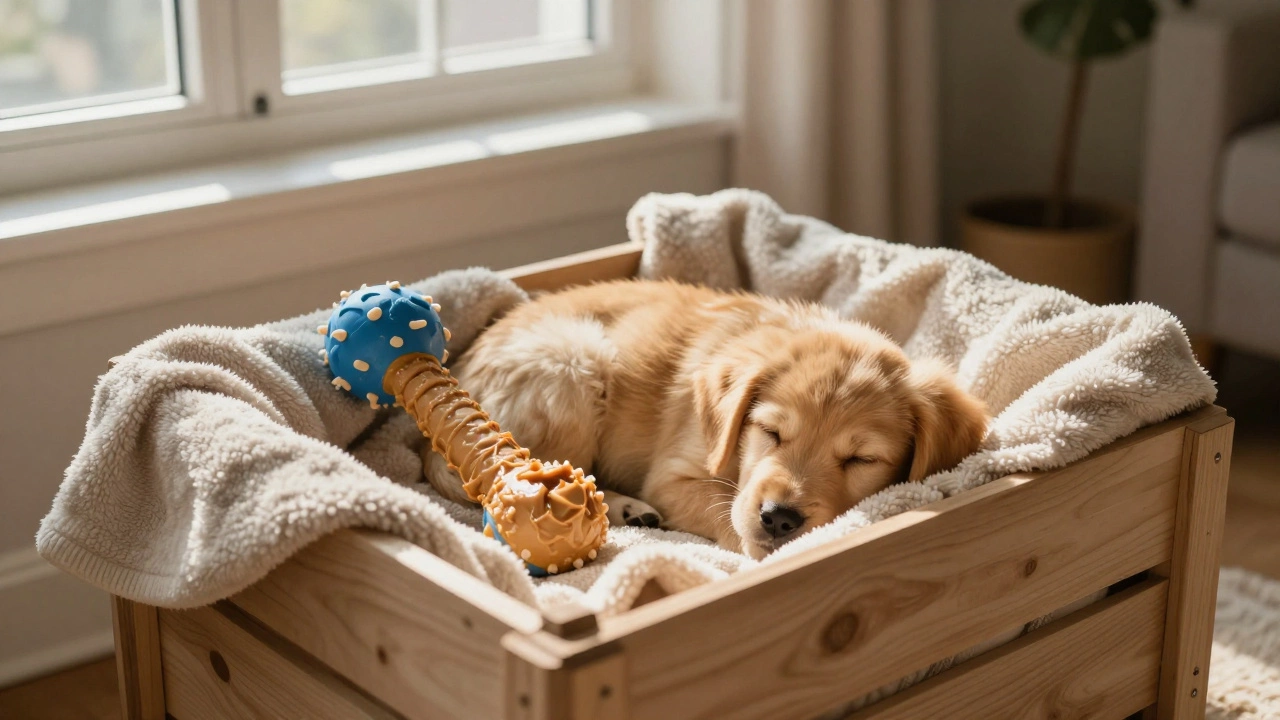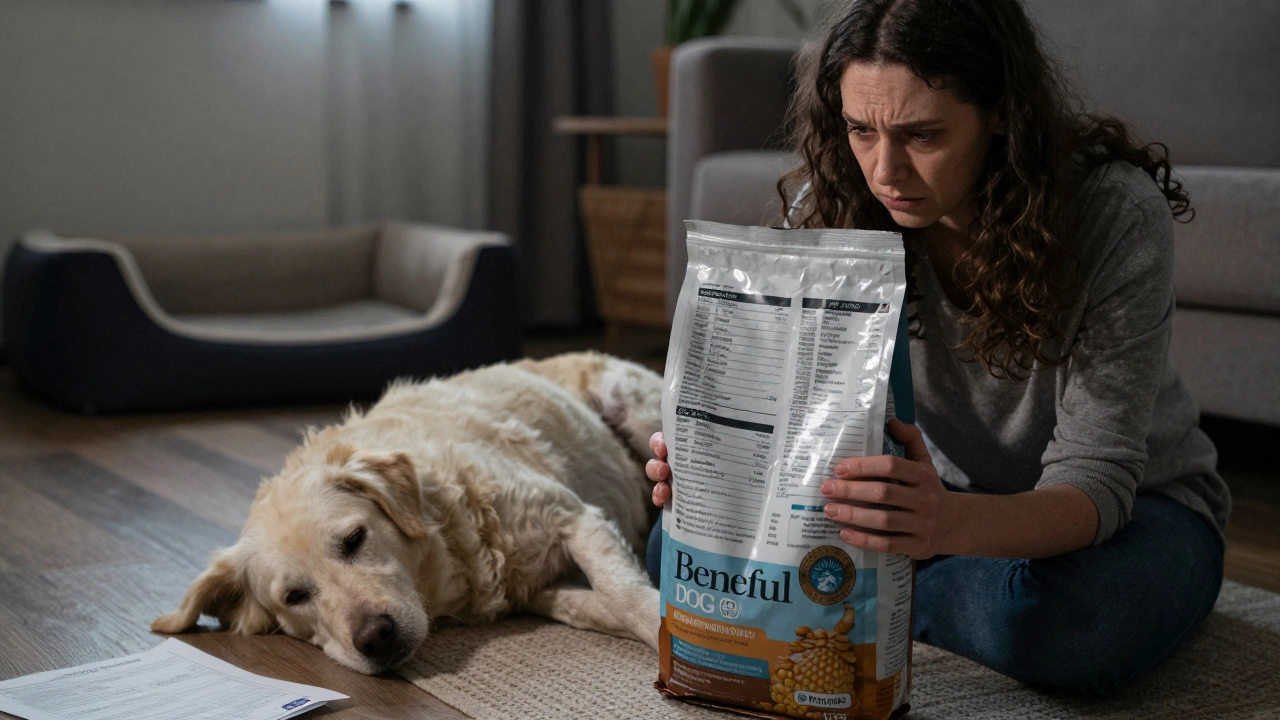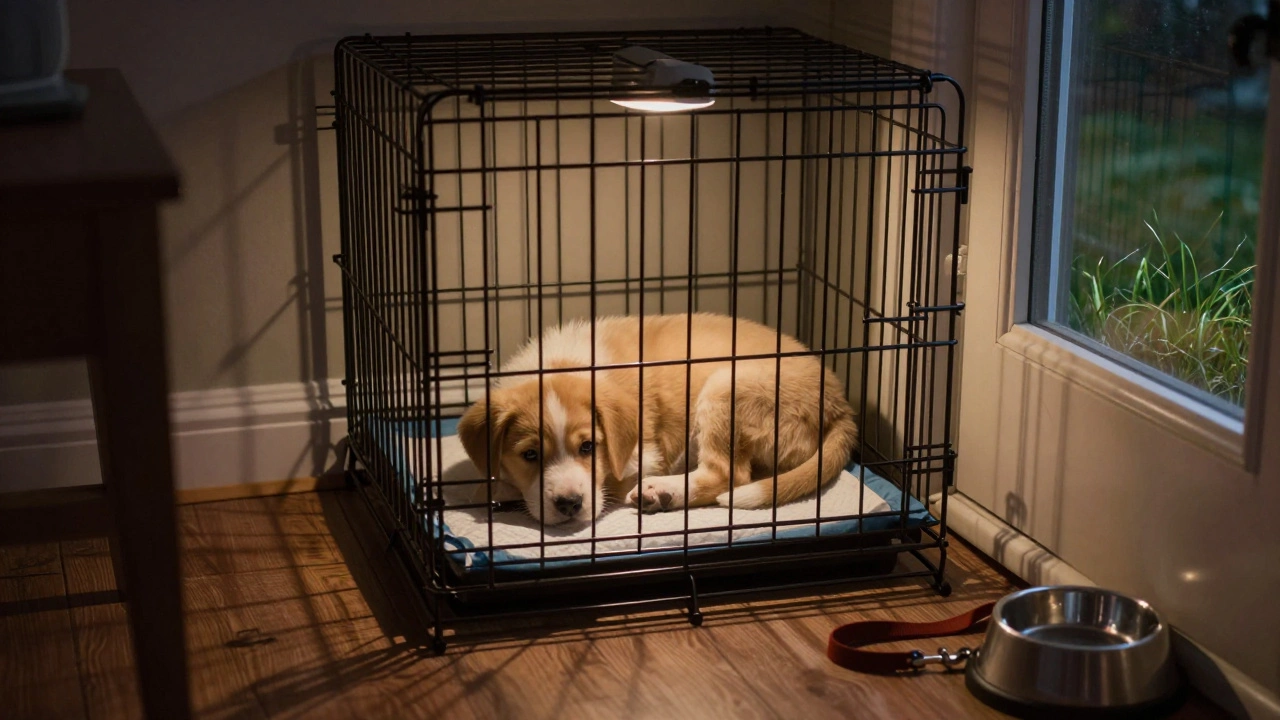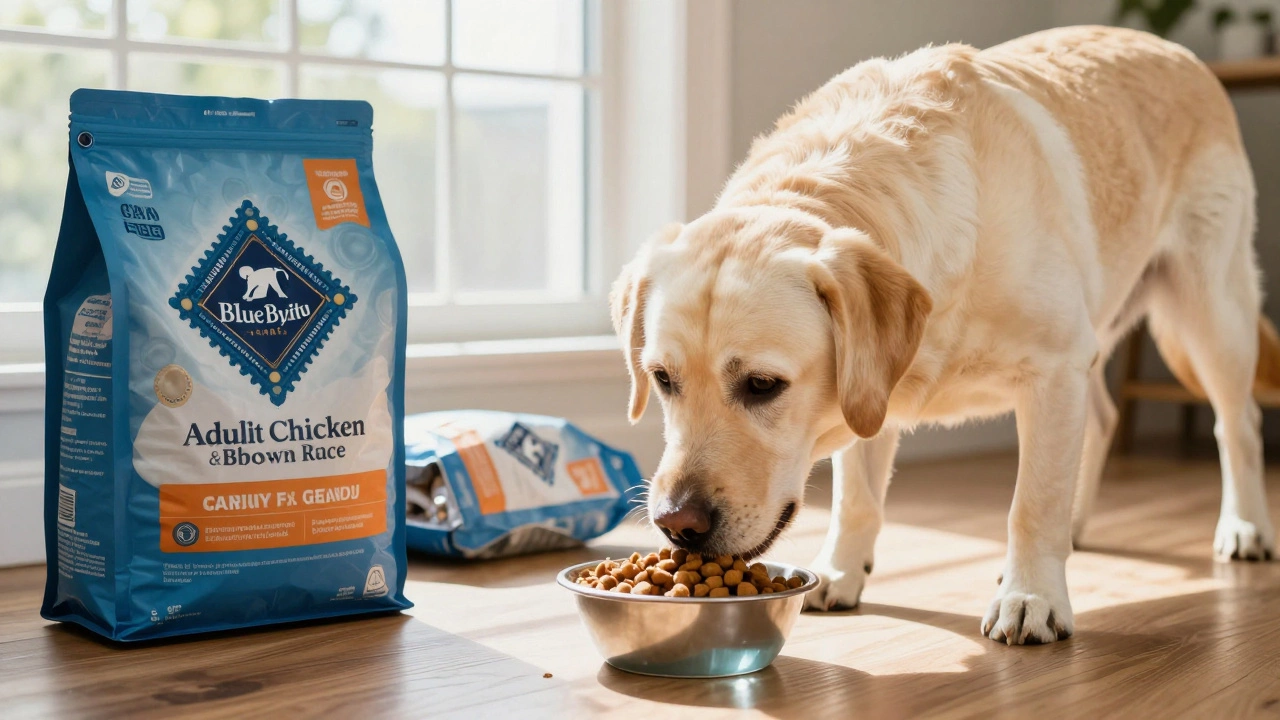Teach Dog Basics: Simple Steps to Train Your Dog at Home
When you want to teach dog basics, the foundational skills every dog needs to live safely and happily with people. Also known as basic obedience, it’s not about perfection—it’s about building trust, clear communication, and a routine that works for both of you. You don’t need fancy tools or hours of training. Just consistency, patience, and a few treats. Most dogs learn faster than you think when you break things down into small, doable steps.
Training starts with positive reinforcement, a method that rewards good behavior instead of punishing mistakes. This isn’t just theory—it’s what works in real homes with real dogs. A treat, a quick game, or even just your happy voice tells your dog, "That’s what I want." It’s why so many owners see big changes after just a few days. puppy training, the early window when a dog is most open to learning is the ideal time to start, but older dogs can learn too. The key is matching the lesson to their attention span and energy level.
What do you actually teach first? Teach dog basics like sit, stay, come, and leave-it. These aren’t tricks—they’re safety skills. A dog that sits when you ask won’t dart into traffic. One that comes when called can be let off-leash safely in open areas. And leave-it stops them from eating something dangerous off the ground. These skills connect to everything else: walking nicely on a leash, not jumping on guests, even sleeping quietly at night. You’ll find posts here that show exactly how to do each one, step by step, without yelling or gadgets.
Some people think training means hours of drills. It doesn’t. Five minutes twice a day is enough. It’s about making those moments count. Use meals as training time. Practice "sit" before you put down the bowl. Ask for "stay" while you open the door. Turn everyday moments into learning chances. And if your dog gets distracted? That’s normal. Keep it short. End on a win. They’ll remember the good feeling, not the frustration.
You’ll also find advice here on handling common problems—like a puppy who won’t stop chewing, or a dog that ignores you when there’s a squirrel nearby. These aren’t failures. They’re clues. Maybe the reward isn’t strong enough. Maybe the environment is too distracting. Maybe you moved too fast. The posts below give you the fixes, straight from people who’ve tried them.
And if you’re wondering whether you need a pro? Not always. Many owners successfully train their dogs at home using simple tools: a collar, a leash, and a bag of chicken bits. What you really need is the right mindset—calm, clear, and kind. The methods you’ll see here are backed by behavior science, not showmanship. No shock collars. No dominance theories. Just clear cues, consistent rewards, and time.
Whether you just got a puppy or you’re trying to fix a habit that’s been going on for years, the foundation is the same: start small, stay patient, and celebrate progress. You’re not trying to make a champion. You’re trying to make a calm, reliable companion. And that’s something anyone can do—with the right guidance.
Below, you’ll find real, practical guides that break down exactly how to teach each basic skill, what to watch for, and how to handle setbacks. No fluff. No jargon. Just what works.
What Is the First Thing to Train a Dog? Start With This Basic Skill
The first thing to train a dog isn't a trick-it's impulse control. Learn how to teach your dog to pause, wait, and respond calmly before moving on to sit, stay, or come.






